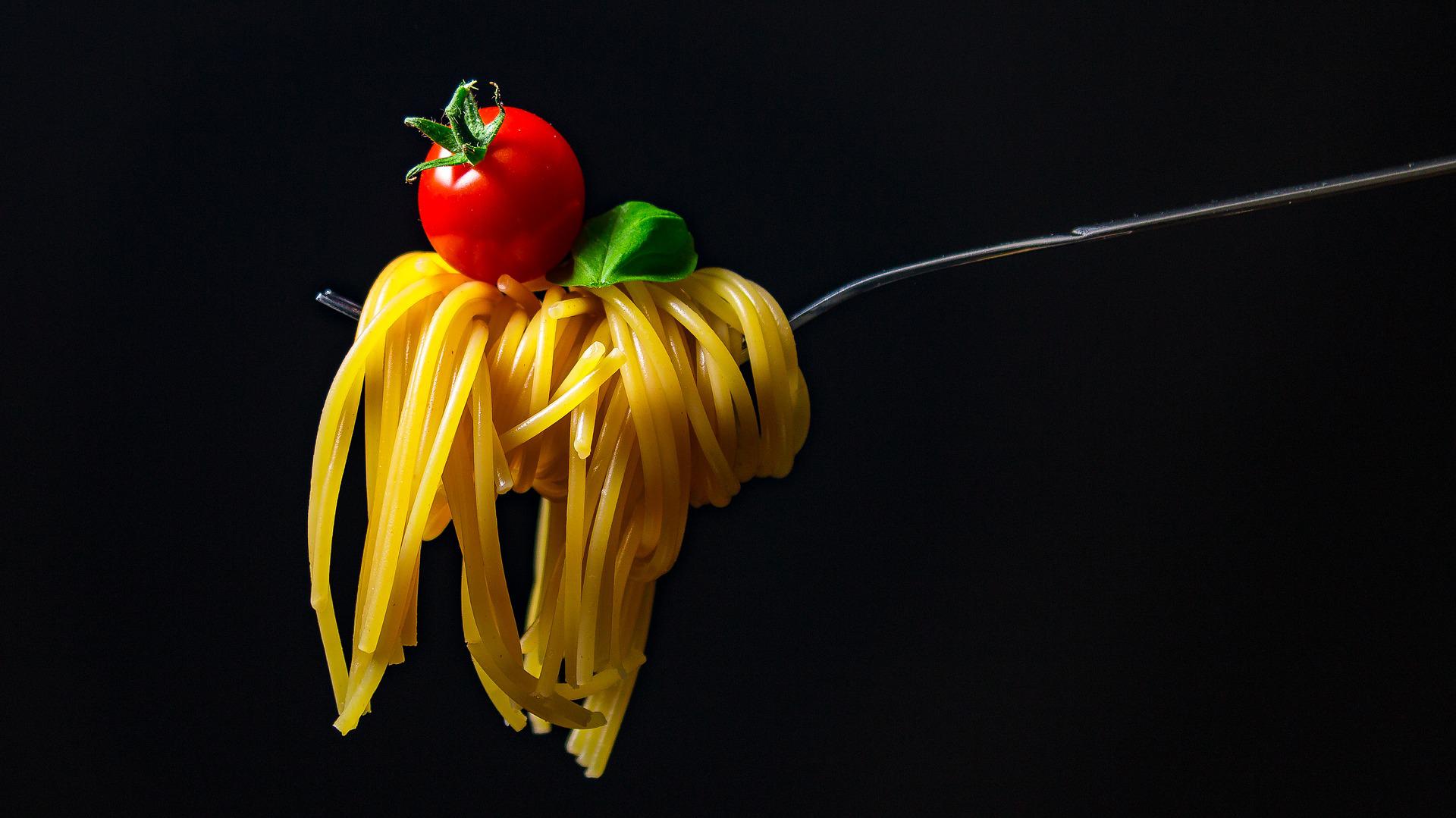An unusual cuisine that is incredibly satisfying but low in calories is shirataki noodles. These noodles contain a lot of glucomannan, a form of fiber with outstanding health advantages. In reality, multiple research studies have demonstrated that glucomannan promotes weight loss.
Shirataki noodles are covered in detail in this page, along with their advantages and how to prepare them.
Shirataki Noodles: What Are They?
Long, white noodles are shirataki noodles. They are frequently referred to as miracle or konjac noodles. They are constructed of glucomannan, a fiber derived from the roots of the konjac plant. In China, Japan, and Southeast Asia, konjac is a common crop. It has extremely little digestive carbohydrates, however the majority of its carbohydrates originate from glucomannan fiber. The word “shirataki,” which means “white waterfall” in Japanese, refers to the translucent aspect of the noodles. In order to make the noodles hold their shape, glucomannan flour is combined with normal water and a small amount of lemon water. The mix is cooked and then formed into strands or rice-like bits.
Can Aid in Weight Loss
Noodles called shirataki can be an effective weight-loss aid. Their viscous fiber slows belly evacuation, causing you to feel fuller for more and snack less as a result. Additionally, the production of a gut hormone that heightens sensations of satiety can be triggered by the fermentation of fiber into short-chain fatty acids. Furthermore, ingesting glucomannan beforehand and consuming a great deal of carbohydrates seems to lower ghrelin levels, which is a hunger hormone. According to one analysis of seven studies, participants who took glucomannan for 4–8 weeks shed between 3- and 5.5 pounds. In one research, those taking glucomannan solo or in combination with other forms of fiber lost noticeably more pounds on a low-calorie regimen than those taking a placebo.
Possibly Adverse Effects
Some people may experience modest digestive problems from the glucomannan in shirataki noodles, such as severe diarrhea, bloating, and gas. This should be mentioned, though, that glucomannan was shown to be secure at every dosage evaluated in research.
However, it’s advisable to incorporate glucomannan into your diet slowly, as is the situation with any fiber. In contrast, some medicines, as well as some for diabetes, may absorb less slowly when glucomannan is consumed. Take your prescription at least 1 hour beforehand or four hours after consuming shirataki noodles to avoid this.
How to Prepare Them
Firstly, making shirataki noodles may appear like a difficult task. They are contained in the fluid that has a foul smell but is just liquid that has soaked up the aroma of konjac root. Hence, it’s crucial to thoroughly clean them in hot, flowing water for a few moments. Most of the smell should vanish as a result. The noodles must also be heated in a saucepan without any additional fat for a few minutes. This process gets rid of any extra water and gives the noodles a much more noodle-like surface. They will become soggy if there is too much water left.
Conventional noodles can be easily replaced with shirataki noodles. They aid in satiety and may aid in weight loss in contrast to being incredibly low calorie. Additionally, they are advantageous for lowering cholesterol, blood sugar, and intestinal health.

